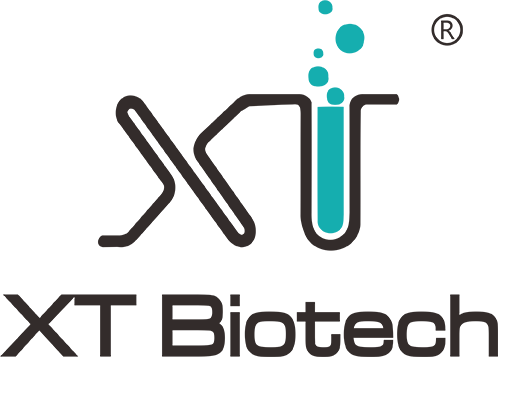Method for detecting veterinary drug residues: The detection of veterinary drug residues includes sulfonamides and nitrofurazone residues; There are currently the following methods for detecting veterinary drug residues:
1. Gold Label Testing Method (Gold Label Testing Card)
Colloidal gold is a commonly used labeling method that uses colloidal gold as a tracer marker for antigen antibody labeling. It is a novel labeling method with different advantages. In recent years, it has been widely used in biological research. It may be used in flow cytometry, electron microscopy, molecular biology, and even biochips.
2. Enzyme linked immunosorbent assay
Enzyme linked immunosorbent assay (ELISA), also known as enzyme-linked immunosorbent assay (ELISA); Its middle is to allow antibodies to bind with enzyme complexes and then detect them through color development. The CSY-E96SY rapid detection instrument for veterinary drug residues produced by Shenfen Instrument adopts the principle of solid-phase enzyme-linked immunosorbent assay (ELISA), namely enzyme-linked immunosorbent assay (ELISA); Can quantitatively detect residues of harmful substances such as amoxicillin, sulfonamides, enrofloxacin, ciprofloxacin, erythromycin, oxytetracycline, sulfonamides, etc. And it can be connected to a food monitoring system.
3. Liquid chromatography method
Also known as "high-pressure liquid chromatography", "high-speed liquid chromatography", "high resolution liquid chromatography", "modern column chromatography", etc. Liquid chromatography is an important branch of chromatography, which uses liquid as the mobile phase and employs a high-pressure infusion system to pump single solvents or mixed solvents, buffers, and other mobile phases with different properties into a chromatographic column containing a stationary phase. After the components in the column are separated, they enter the detector for detection, thereby achieving analysis of the sample. This method has become an important separation and analysis application in disciplines such as chemistry, industry, agriculture, commercial inspection, and legal inspection.
4. Gas chromatography method
Gas chromatography can be divided into gas-solid chromatography and gas-liquid chromatography. Gas solid chromatography refers to the chromatographic separation method in which the mobile phase is a gas and the stationary phase is a solid substance. For example, activated carbon, silica gel, etc. are used as stationary phases. Gas liquid chromatography refers to the chromatographic separation method where the mobile phase is a gas and the stationary phase is a liquid. This is a new separation and analysis method that has been widely applied in industry, agriculture, construction, and scientific research. Gas chromatography can be divided into gas-solid chromatography and gas-liquid chromatography.
5. Mass spectrometry method
The method of detecting moving ions (charged atoms, molecules, or molecular fragments, including molecular ions, isotopic ions, fragment ions, rearranged ions, multi charged ions, metastable ions, negative ions, and ions generated by ion molecule interactions) by separating them according to their mass to charge ratios using electric and magnetic fields. By accurately measuring the mass of an ion, the compound composition of the ion can be determined. This is because the accurate mass of a nuclide is in multiple decimal places, and there will never be two nuclides with the same mass, and there will never be one nuclide with a mass that is exactly an integer multiple of the mass of another nuclide. Analyzing these ions can provide information on the molecular weight, chemical structure, fragmentation patterns, and certain interrelationships between ions formed by the decomposition of single molecules in compounds.
Please indicate the source when reprinting: http://www.dkoley.com





